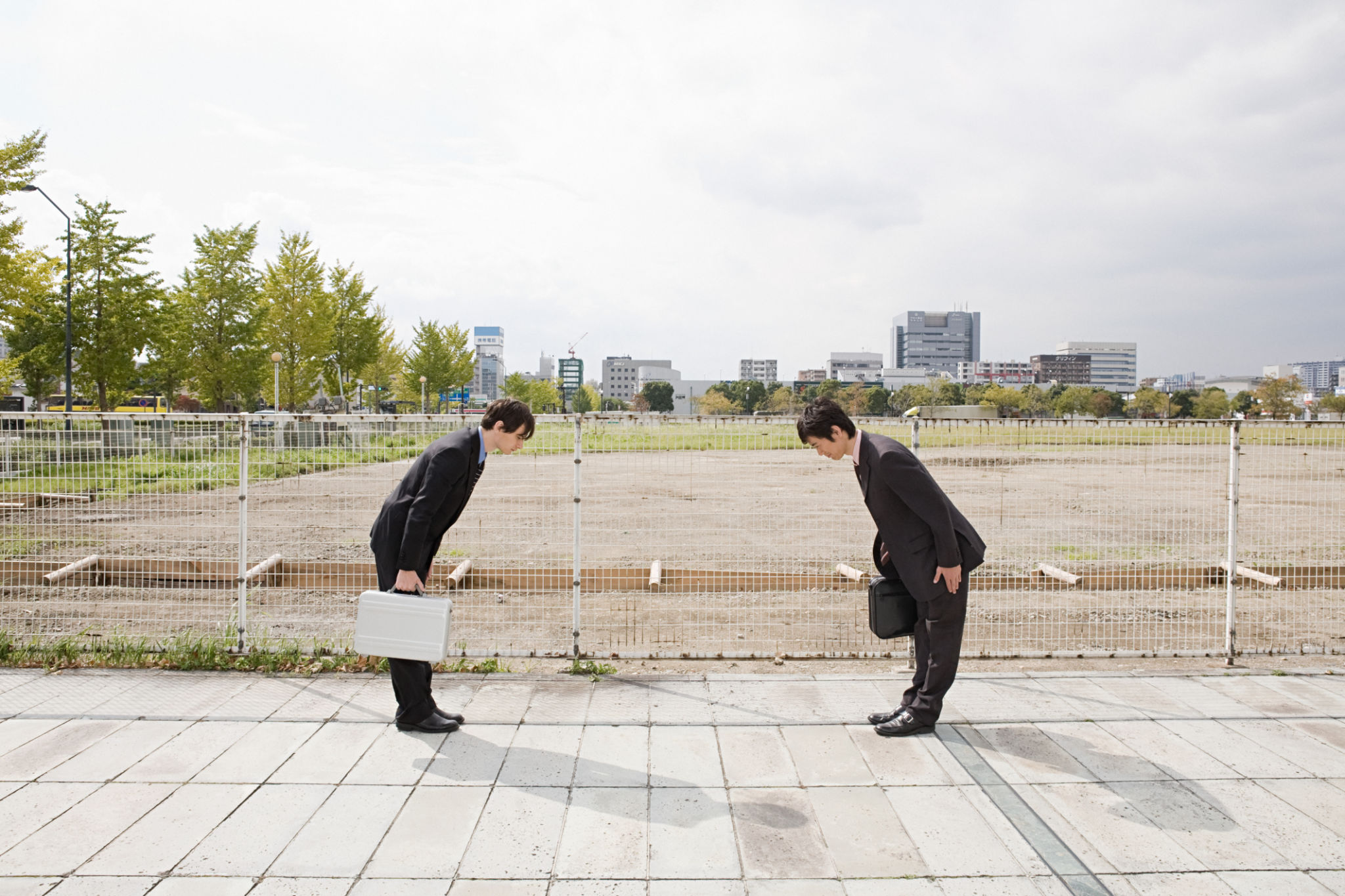How Seasonal Changes Impact Scaffolding Projects in South Australia
Understanding the Impact of Seasonal Changes
South Australia's diverse climate poses unique challenges for scaffolding projects. The region experiences a range of weather conditions, from scorching summers to wet winters, all of which can significantly affect the planning and execution of construction projects. Understanding these seasonal impacts is crucial for ensuring safety, efficiency, and timely completion of projects.
Each season brings its own set of challenges. The intense heat of summer can lead to material expansion, while the rain and wind of winter can cause delays and safety concerns. Scaffolding companies need to be prepared for these changes to maintain high standards of safety and productivity.

Summer: Managing Heat and Safety
During the summer months, temperatures in South Australia can soar, often reaching above 40 degrees Celsius. This extreme heat can pose significant risks to both workers and materials. It's essential for project managers to implement strategies to manage these conditions effectively.
Scaffolding materials may expand due to heat, potentially affecting their structural integrity. Regular inspections are necessary to ensure that all connections remain secure. Additionally, workers must be protected from heat-related illnesses. This includes providing adequate hydration, scheduling work during cooler parts of the day, and offering shaded rest areas.

Winter: Navigating Rain and Wind
The winter season brings its own set of challenges, primarily in the form of rain and high winds. Wet conditions can make surfaces slippery, increasing the risk of accidents. Additionally, strong winds can destabilize scaffolding structures, posing serious safety hazards.
To mitigate these risks, it's important to use non-slip materials and ensure that all scaffolding is securely anchored. Regular weather monitoring can help in planning work schedules around adverse conditions. Flexibility in project timelines is also beneficial to accommodate any weather-related delays.

Spring and Autumn: Transition Periods
Spring and autumn are transitional seasons that can present unpredictable weather patterns. These periods often see a mix of conditions from both summer and winter, requiring scaffolding projects to remain adaptable.
During these times, it's crucial to maintain a proactive approach to weather monitoring. Being prepared for sudden changes can help minimize disruptions and ensure that projects stay on track. Communication with all team members about expected weather conditions and potential adjustments is key to maintaining workflow.
Best Practices for All Seasons
Regardless of the season, certain best practices should always be followed to ensure the success of scaffolding projects in South Australia. These include:
- Conducting regular safety audits and inspections.
- Training workers on seasonal hazards and safety protocols.
- Using high-quality materials suited for various weather conditions.
- Maintaining clear communication with all stakeholders involved in the project.
By adhering to these practices, scaffolding companies can effectively manage the challenges posed by South Australia's seasonal changes and deliver successful projects year-round.

